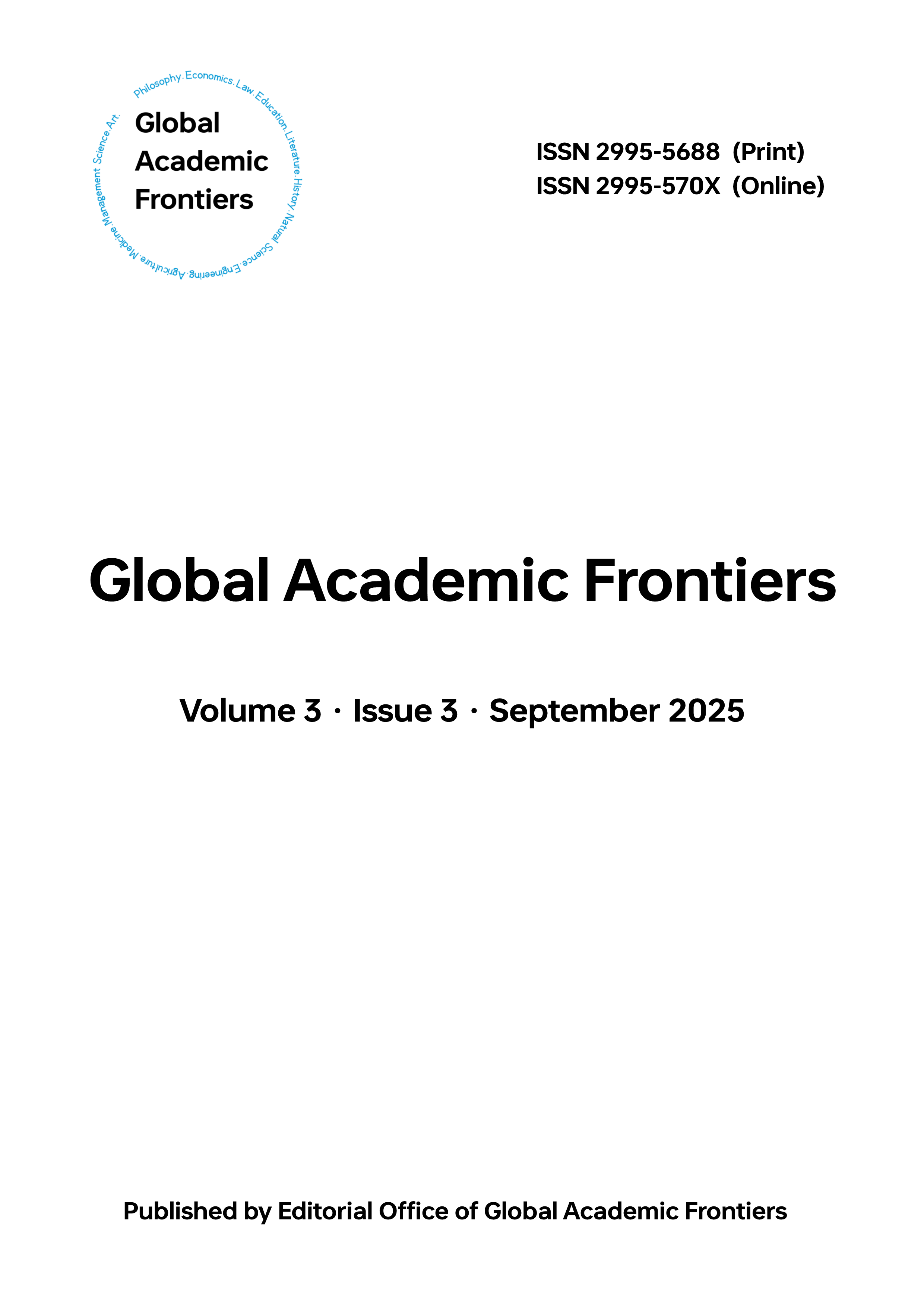Mathematical Modeling of Fine Superstring Structure of Hydrogen Atoms
DOI:
https://doi.org/10.5281/zenodo.17018793Keywords:
Hydrogen atom, Superstring, High dimensional space, Electron wave particle dualityAbstract
To address the phenomenon of electron clouds in hydrogen atoms and other extra-nuclear electron clouds, a high-dimensional confinement and asymptotic freedom theory of electron pairs is proposed. Furthermore, to resolve the non-contradictory interaction between electrons and protons, a string reaction theory is introduced. The model presented explains not only why electrons do not combine with protons to lose their electron cloud motion properties but also why multiple extra-nuclear electrons do not undergo classical collisions. Additionally, it provides an explanation for the string reaction nature of the photoelectric effect. The model presented herein is supported by previous laboratory results. The paper presents a model of string reaction between electrons and protons, which explains the trajectory of electrons in hydrogen atoms and why electrons can continuously orbit around protons. This innovative model describes that, under certain constraints, electrons can traverse through protons. After traversal, the electrons retain their original physical properties but undergo slight changes in velocity, while the physical properties of the protons remain unchanged. This model explains using string theory, transforming the purely mathematical nature of string theory into an interpretation of the physical phenomena. This demonstrates that string theory is a practical tool that can be applied to physics.
Downloads
References
Amati, D., & Russo, J. G. (1999). Fundamental strings as black bodies. Physics Letters B, 454(3–4), 207–212. https://doi.org/10.1016/s0370-2693(99)00375-5
Bianchi, M., & Firrotta, M. (2020). DDF operators, open string coherent states and their scattering amplitudes. Nuclear Physics B, 952, 114943. https://doi.org/10.1016/j.nuclphysb.2020.114943
Chen, Y., Maldacena, J., & Witten, E. (2021). On the black hole/string transition. https://doi.org/10.48550/ARXIV.2109.08563
Gross, D. J., & Rosenhaus, V. (2021). Chaotic scattering of highly excited strings. Journal of High Energy Physics, 2021(5). https://doi.org/10.1007/jhep05(2021)048
Guerrieri, A., Penedones, J., & Vieira, P. (2021). Where Is String Theory in the Space of Scattering Amplitudes? Physical Review Letters, 127(8). https://doi.org/10.1103/physrevlett.127.081601
Horowitz, G. T., & Polchinski, J. (1997). Correspondence principle for black holes and strings. Physical Review D, 55(10), 6189–6197. https://doi.org/10.1103/physrevd.55.6189
Huang, Y., Liu, J.-Y., Rodina, L., & Wang, Y. (2021). Carving out the space of open-string S-matrix. Journal of High Energy Physics, 2021(4). https://doi.org/10.1007/jhep04(2021)195
Mi, X., Roushan, P., Quintana, C., Mandrà, S., Marshall, J., Neill, C., Arute, F., Arya, K., Atalaya, J., Babbush, R., Bardin, J. C., Barends, R., Basso, J., Bengtsson, A., Boixo, S., Bourassa, A., Broughton, M., Buckley, B. B., Buell, D. A., … Chen, Y. (2021). Information scrambling in quantum circuits. Science, 374(6574), 1479–1483. https://doi.org/10.1126/science.abg5029
Paulos, M. F., Penedones, J., Toledo, J., van Rees, B. C., & Vieira, P. (2019). The S-matrix bootstrap. Part III: higher dimensional amplitudes. Journal of High Energy Physics, 2019(12). https://doi.org/10.1007/jhep12(2019)040
Skliros, D., & Hindmarsh, M. (2009). Covariant Vertex Operators for Cosmic Strings. https://doi.org/10.48550/ARXIV.0911.5354
Skliros, D., & Hindmarsh, M. (2011). String vertex operators and cosmic strings. Physical Review D, 84(12). https://doi.org/10.1103/physrevd.84.126001
Srdinšek, M., Prosen, T., & Sotiriadis, S. (2021). Signatures of Chaos in Nonintegrable Models of Quantum Field Theories. Physical Review Letters, 126(12). https://doi.org/10.1103/physrevlett.126.121602
von Keyserlingk, C. W., Rakovszky, T., Pollmann, F., & Sondhi, S. L. (2018). Operator Hydrodynamics, OTOCs, and Entanglement Growth in Systems without Conservation Laws. Physical Review X, 8(2). https://doi.org/10.1103/physrevx.8.021013
Downloads
Published
Issue
Section
License
Copyright (c) 2025 Yishi Huang (Author)

This work is licensed under a Creative Commons Attribution 4.0 International License.






